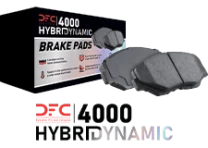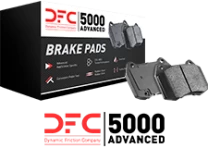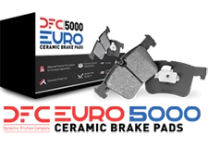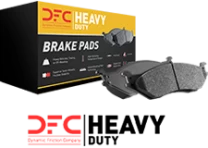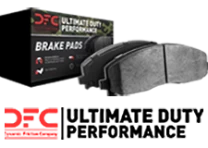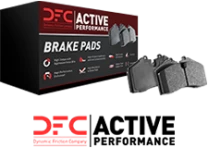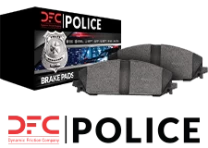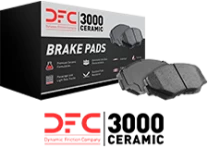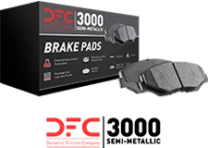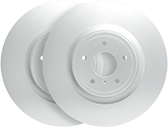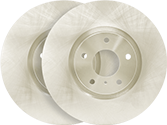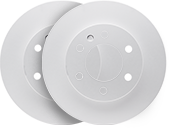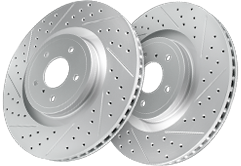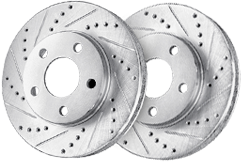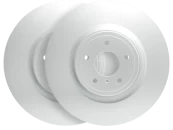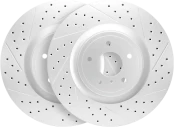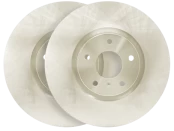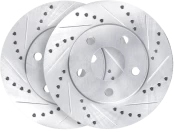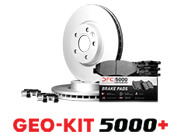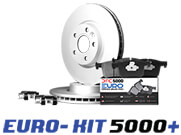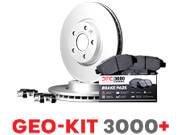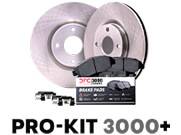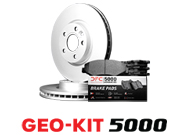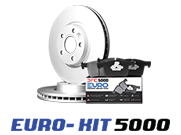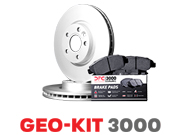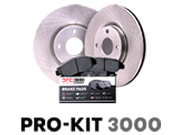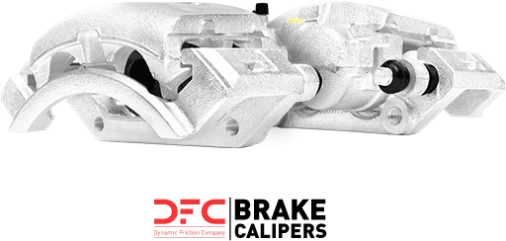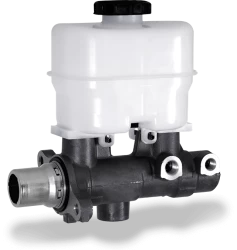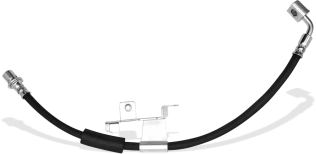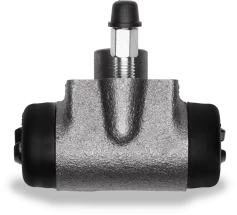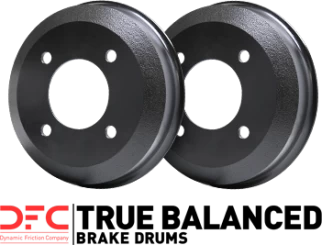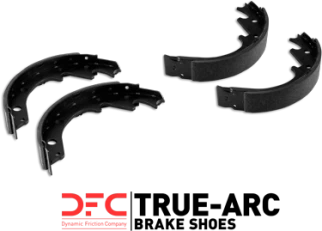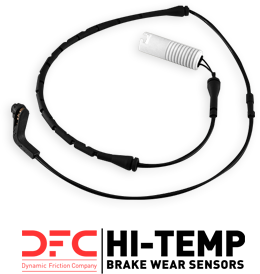
When Speed Demands Control
Sports cars are engineered for power, agility, and speed. But none of that matters without control. Whether you’re carving corners on the track or pushing the limits on the open road, your vehicle’s braking system plays a critical role in your safety and performance.
That’s where performance brake pads come in.
Upgrading to high-performance brake pads is essential for delivering consistent stopping power, enhanced pedal feel, and heat resistance under extreme driving conditions. Advanced brake systems—built from carbon-ceramic or high-carbon alloys—ensure that your sports car not only accelerates like a champion but stops like one too.
Why Brake Upgrades Matter for Sports Cars
Brake upgrades are one of the most important performance modifications a sports car owner can make. For those who demand more than stock performance, upgraded components enhance:
- Stopping Power
- Heat Dissipation
- Fade Resistance
- Driver Confidence
Whether for street performance or track days, upgrading to precision-engineered brake pads, rotors, and calipers ensures your vehicle is ready for whatever the road throws at it.
How Performance Brake Pads Outclass Stock Pads
Everyday brake pads are designed for commuter cars, not high-performance machines. Here’s how performance brake pads are built differently:
- Higher Friction Coefficients – For rapid, responsive braking at high speeds.
- Superior Heat Resistance – Designed to combat brake fade during repeated hard stops.
- Extended Durability – Engineered to withstand the rigors of aggressive driving.
- Refined Pedal Feel – Delivers confidence-inspiring control with every press.
Brake System Components: A Holistic Upgrade
A performance pad alone can’t do all the work. For optimal braking, every component matters:
- Rotors – High-carbon or slotted rotors increase heat dissipation and resist warping.
- Calipers – Larger, multi-piston calipers apply uniform pressure, boosting performance.
- Fluid – High-temp brake fluid resists boiling during intense use.
Together, these elements create a braking system that delivers reliability, performance, and longevity.
The Risk of Sticking with Stock Brake Pads
Using factory-installed or low-quality brake pads on a sports car can compromise more than performance—it can jeopardize safety. Here’s why:
- Brake Fade at High Temperatures – Stock pads lose efficiency when hot, extending stopping distances.
- Inconsistent Pedal Feel – Poor modulation makes precision braking difficult.
- Dust & Noise – Lower-grade materials create excessive dust and noise, undermining ride quality.
When every second counts, stock just doesn’t cut it.
What Is Brake Fade—and How Do You Prevent It?
Brake fade occurs when your pads and rotors overheat, reducing braking power and increasing stopping distances. It’s a common issue in performance driving, but preventable with:
- High-performance pads and rotors
- Smooth, controlled braking techniques
- Routine maintenance and component checks
By choosing premium brake materials, you significantly reduce the risk of fade under load.
Selecting the Right DFC Performance Brake Pads
Choosing the appropriate brake pads is crucial for optimal performance and safety. Here’s a breakdown of DFC’s premium brake pad lines to help you make an informed decision:
DFC 5000 Advanced Brake Pads
- Best For: Modern vehicles equipped with ABS and automated braking systems.
- Benefits: Application-specific formulations ensure balanced braking, consistent pedal feel, and enhanced safety.
- Why It Matters: Tailored to meet the demands of today’s sophisticated vehicles, these pads offer superior performance and reliability.
DFC 5000 Euro Ceramic Brake Pads
- Best For: European vehicles requiring low-dust and low-noise braking solutions.
- Benefits: Provides optimal stopping performance, excellent fade resistance, and stable friction across a wide temperature range.
- Why It Matters: Specifically formulated for European applications, ensuring OEM-level performance and comfort
DFC 4000 HybriDynamic Brake Pads
- Best For: Daily driving in passenger vehicles and light-duty trucks.
- Benefits: Offers consistent pedal feel, low dust, and quiet operation.
- Why It Matters: An eco-friendly, copper-free formulation that doesn’t compromise on performance or comfort
DFC Active Performance Brake Pads
- Best For: Spirited street driving, weekend off-roading, and track days.
- Benefits: High torque output, excellent modulation, and fade resistance up to 1400°F.
- Why It Matters: Engineered for enthusiasts seeking aggressive stopping power and superior control under extreme conditions.
DFC Ultimate Duty Performance Brake Pads
- Best For: Heavy-duty applications, including towing, off-roading, and vehicles with larger wheels or modified suspensions.
- Benefits: Exceptional heat resistance, durability, and braking performance in the most demanding conditions.
- Why It Matters: Designed to withstand extreme heat and frequent stopping, ensuring safety and reliability for heavy-duty vehicles.
DFC Heavy Duty Brake Pads
- Best For: Commercial vehicles and situations requiring frequent stopping or operation under harsh conditions.
- Benefits: Superior braking performance, extended pad life, and resistance to extreme heat.
- Why It Matters: Provides dependable stopping power and durability for vehicles subjected to rigorous use.
Need assistance selecting the right brake pads for your vehicle? Visit our Brake Pads Product Page to explore our full range and find the perfect fit for your driving needs. For personalized support, don’t hesitate to reach out through our Contact Us page—our team is here to help you maintain OEM safety and performance standards with confidence.
Installation and Maintenance: Get the Most from DFC
Even the best-engineered brake pads—like those from DFC—require proper installation and routine maintenance to perform at their peak.
To ensure optimal braking performance:
🔄 Replace worn or damaged parts promptly to preserve safety and performance.
🛠️ Always follow DFC’s installation guidelines included with our products.
✔️ Use only premium components, such as DFC rotors and hardware, to maintain system integrity.
🔍 Inspect pads and rotors regularly for wear, glazing, or uneven contact.
Why Choose DFC Performance Brake Pads?
At Dynamic Friction Company (DFC), we design brake pads that exceed expectations in every performance category. Whether you’re upgrading for high-speed street driving or track day domination, DFC pads deliver precision, control, and safety.
What Sets DFC Apart:
✔️ Advanced Friction Formulas for consistent stopping
✔️ Scorched & Post-Cured Pads for optimal break-in
✔️ Low Dust & Quiet Operation for daily comfort
✔️ Heat-Resistant Materials to combat brake fade
Our performance brake pads are trusted by technicians, shop owners, and distributors nationwide—because we don’t just meet OE standards. We outperform them.
Final Thoughts
For sports car enthusiasts, performance brake pads are more than a luxury—they’re a necessity. The right braking system enhances control, preserves safety, and maximizes your driving experience.
Don’t let stock brakes hold you back. Upgrade to DFC Performance Brake Pads today and feel the difference.
Explore our full line of performance solutions at dynamicfriction.com.

 UNITED STATES
UNITED STATES
